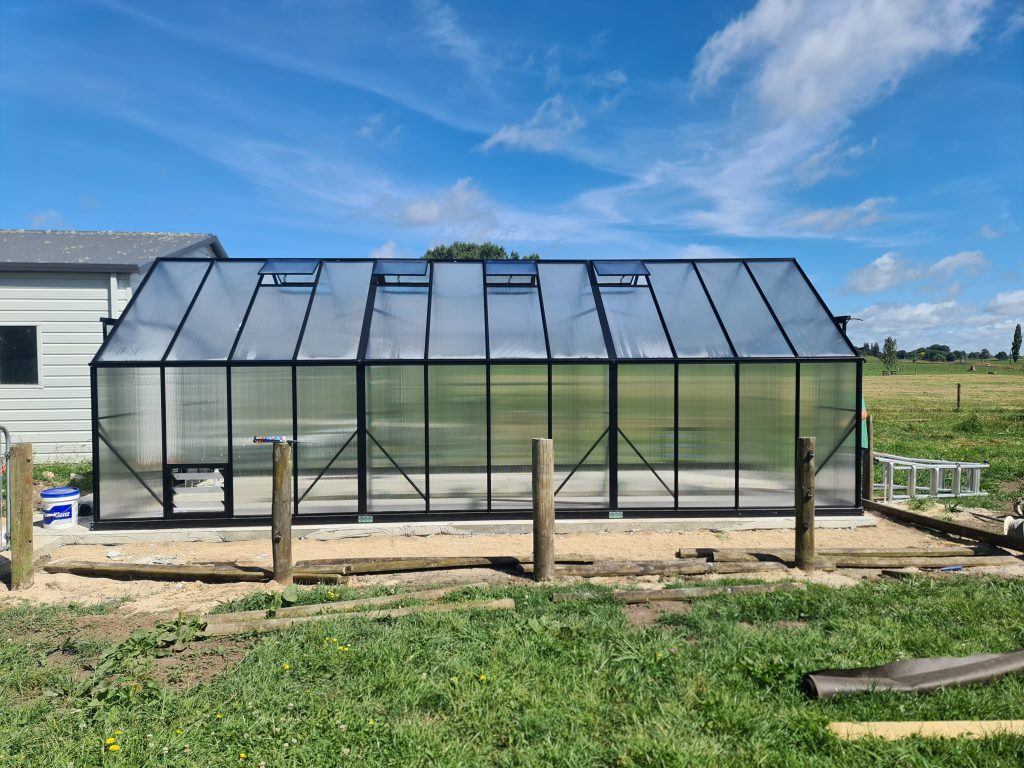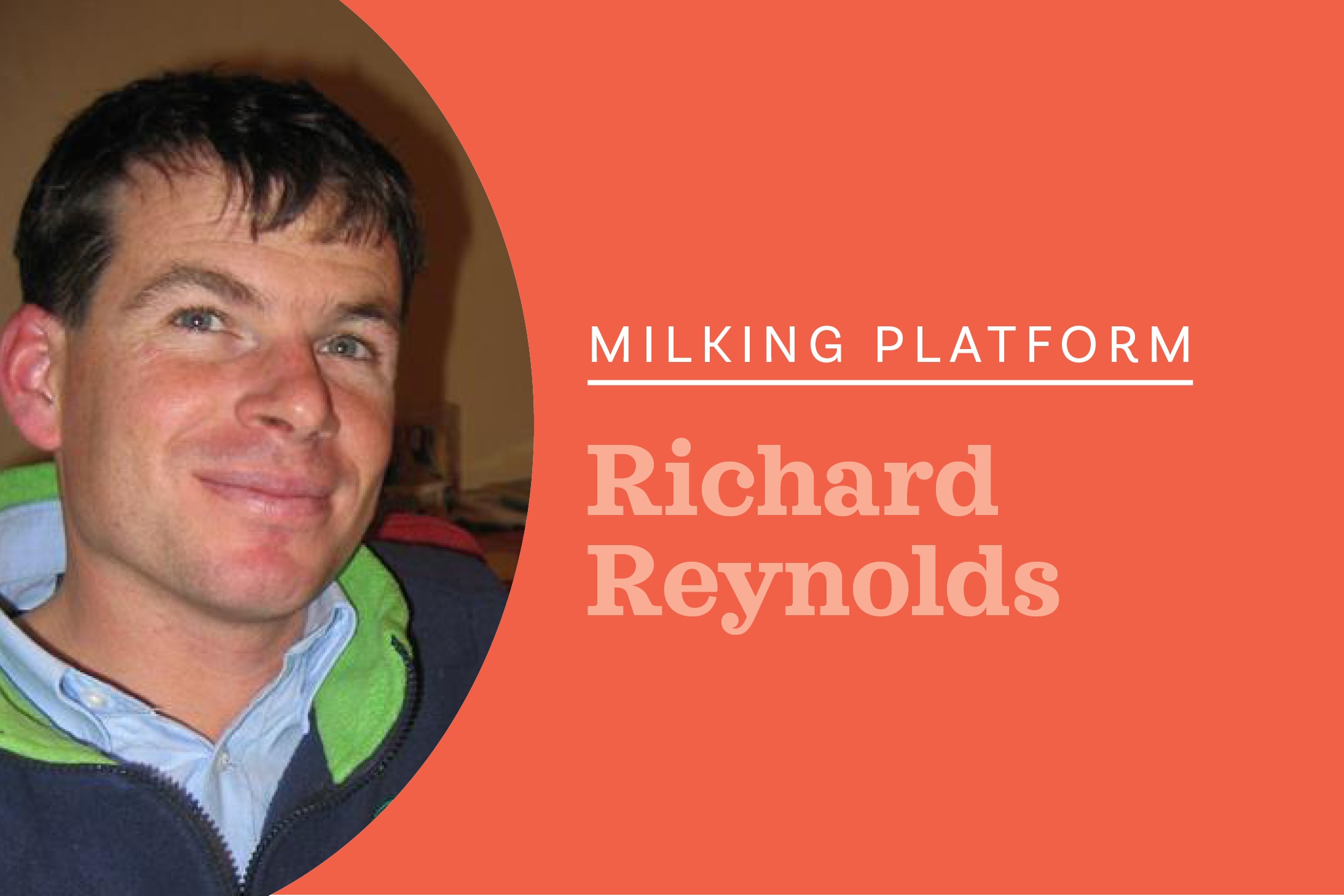Putting plans in place
While George Moss, in Tokoroa is buying more greenhouses and focussing on being self sufficient, he is urging industry to lead harder when it comes to managing emissions.

A lot has happened since we last spoke.
I have joined the “ancients” and now collect the pension which has already been spent on a new greenhouse. Our other greenhouse is purely hydroponic and works well on lettuces, tomatoes, cucumbers, and any shallow rooting plants. Given the challenges of climate and weeds, a decision was made for a larger greenhouse which we will operate with planter boxes, allowing us to grow deep rooting plants such as carrots, parsnips, cabbages, broccoli, beetroot etc. Greenhouses are great for extending the growing seasons. We are almost totally self-sufficient in veggies even growing a few tomatoes through the winter
Last March we placed solar panels on the house and the return on investment looks to be 10%, but will have an absolute number next month. We are seriously considering adding a battery as our grid usage is for the pre-milking cuppa and in winter, the evening dinner. The rest is almost entirely covered by the solar unless excessively cloudy. Any increases in power cost will enhance that figure.
This season has been very average. The cows did not peak as high after a difficult winter and cloudy spring. Growth has been stop/start, but this may be a result of reduced nitrogen usage and the very hot days. Both farms are about 4% down for the season which is in line with the district average.
Mating results, like the season, have been average on the home farm achieving 15% empty with no intervention over 11 weeks mating with artificial breeding (AB) and bulls. The second farm had 10.5% empty with 13% CIDRs and 13 weeks mating, but all AB. The use of short gestation bulls will see a calving spread of 11 weeks with only a hand-full in the last month. Of 23 CIDRs used, 19 cows conceived.
Interestingly, of the empty cows the majority either conceived and lost the embryo and started cycling again or they went “silent” for a period. Collars showed that some of the others had a “distress” event at some point after calving.
On the second farm we are looking to return to farm managers after two seasons of contract milker and a lower sharemilker. Reasons being to ensure that both the staff have an adequate work/life balance and the farm hits
its KPIs. There is a need for two people to be onfarm. Too often smaller farms are seen as easy one person units, but it is forgotten that you are the milker, manager, calf rearer, fixer, feeder
outer etc.
We want staff to have time to think about how to take the farm to the next level of performance especially given the farm’s involvement in the Nestlé project. Large farms are about efficiencies through scale – small farms are about efficiencies through detail.
We are privileged to be able to host a group of Aussie farmers who are looking to understand and see what we are doing to both meet the Scope 3 aspirations as well as how we manage down our total GHG footprint. I am surprised that more work is not being done in this space to help support and guide NZ farmers forward. The prevailing view at discussion group is “do nothing ‘till forced to”. I find that irresponsible to our country and believe it poses a business risk to the individuals and to the collective. It presupposes that improvements cannot be made without reductions to profit – it has been demonstrated by DairyNZ that this is not necessarily the case and in many instances profit can be enhanced.






